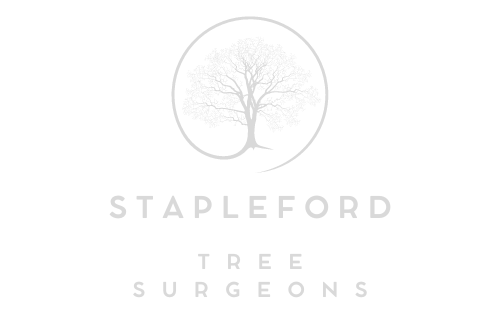Tree Surgery Myths: Separating Fact from Fiction
Introduction: Tree surgery is a specialised field that combines science, art, and skill to maintain the health and aesthetics of trees. However, like many professions, tree surgery is not immune to myths and misconceptions that can lead to misunderstandings and incorrect practices. We believe in dispelling these myths at Stapleford Tree Surgeons to ensure responsible tree care. This blog post will explore common tree surgery myths and separate fact from fiction.
Myth 1: All Trees Can Be Pruned Anytime
Fact: Different tree species have varying optimal pruning times. While some trees can be pruned year-round, others should only be pruned during specific seasons to avoid stress or disease. Consult a certified arborist to determine the best time for pruning your tree.
Myth 2: Topping Trees Reduces Their Height Safely
Fact: Topping, or indiscriminate cutting of the upper branches, is harmful and should be avoided. It weakens the tree’s structure, promotes regrowth susceptible to disease, and negatively impacts its health. Proper crown reduction should be done instead.
Myth 3: Wound Dressings Accelerate Healing
Fact: Tree wound dressings, such as paint or sealants, do not speed up healing or prevent decay. They can trap moisture and promote fungal growth. Allowing a tree’s natural defences to protect and heal wounds is better.
Myth 4: Nailing Signs or Birdhouses into Trees Is Harmless
Fact: Nailing or attaching objects to trees can cause long-term damage. It creates wounds that may become entry points for pathogens or pests. Consider alternative methods, like strapping or using non-invasive tree mounts.
Myth 5: Pruning Always Stunts Tree Growth
Fact: Proper pruning enhances a tree’s health and appearance. It removes dead or diseased branches, redirects growth, and promotes structural stability. A well-pruned tree can grow stronger and healthier.
Myth 6: Trees Can “Bleed” to Death When Pruned
Fact: While some trees may exude sap when pruned, it is not harmful or equivalent to “bleeding.” This is a natural response that does not harm the tree’s overall health. Pruning often benefits the tree.
Myth 7: Tree Fertilisation Is Always Necessary
Fact: Fertilisation should only be considered after soil testing indicates nutrient deficiencies. Applying unnecessary fertilisers can harm the trees and the environment.
Myth 8: Chainsaws Are Always Used in Tree Surgery
Fact: Chainsaws are a common tool, but tree surgeons also use various other equipment, including hand saws, pole pruners, and climbing gear, depending on the task. Safety and precision are paramount.
Conclusion: Tree surgery is a science-based profession that requires knowledge, experience, and a commitment to responsible tree care. Dispelling common tree surgery myths is essential for the health and longevity of trees. At Stapleford Tree Surgeons, we prioritise evidence-based practices and ensure that our tree surgery services are rooted in the latest industry knowledge.
Call us on: 0115 647 1191
Click here to find out more about Stapleford Tree Surgeons
Click here to complete our contact form and see how we can help with your tree’s needs.

